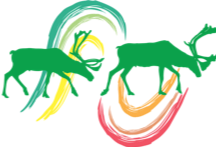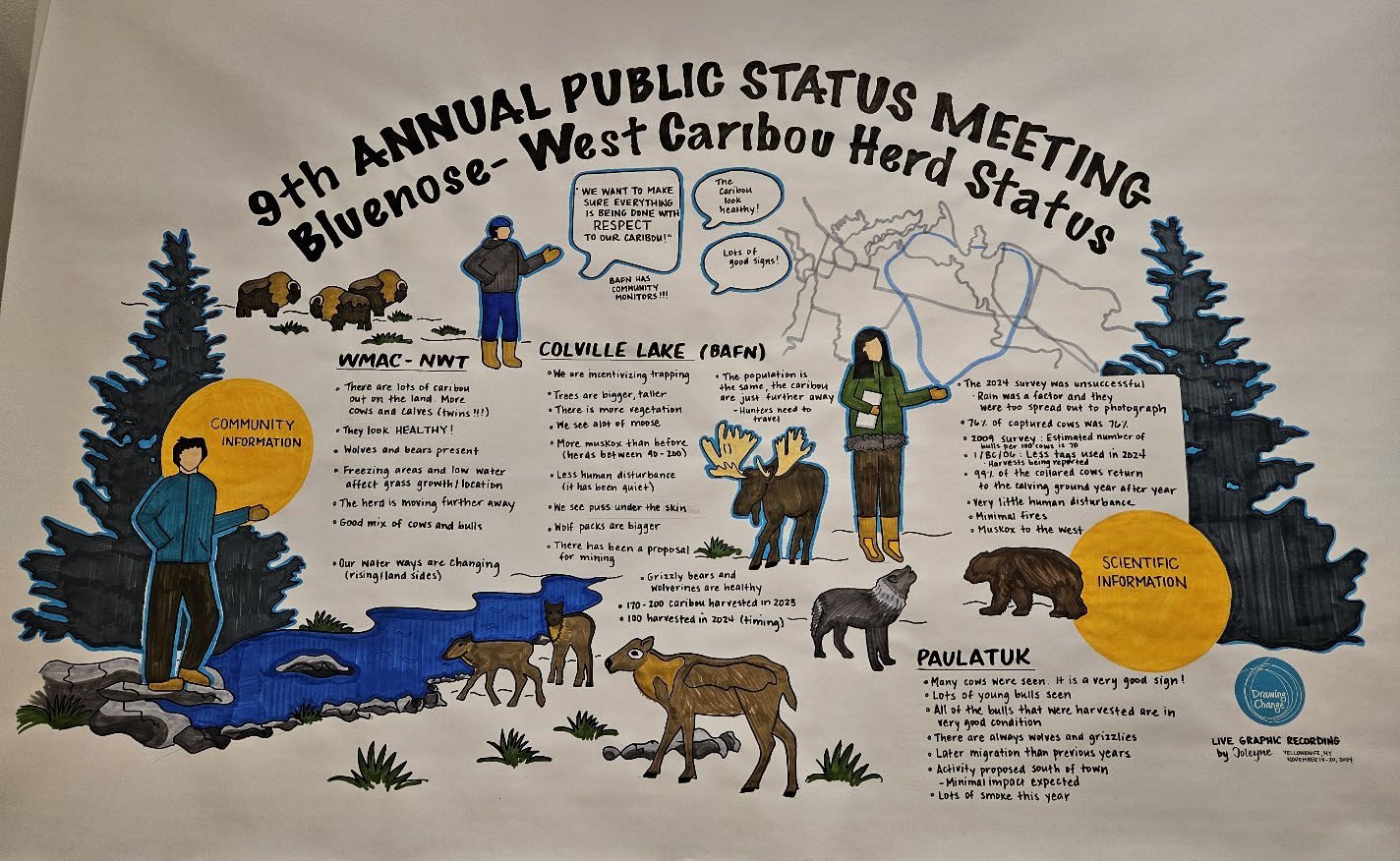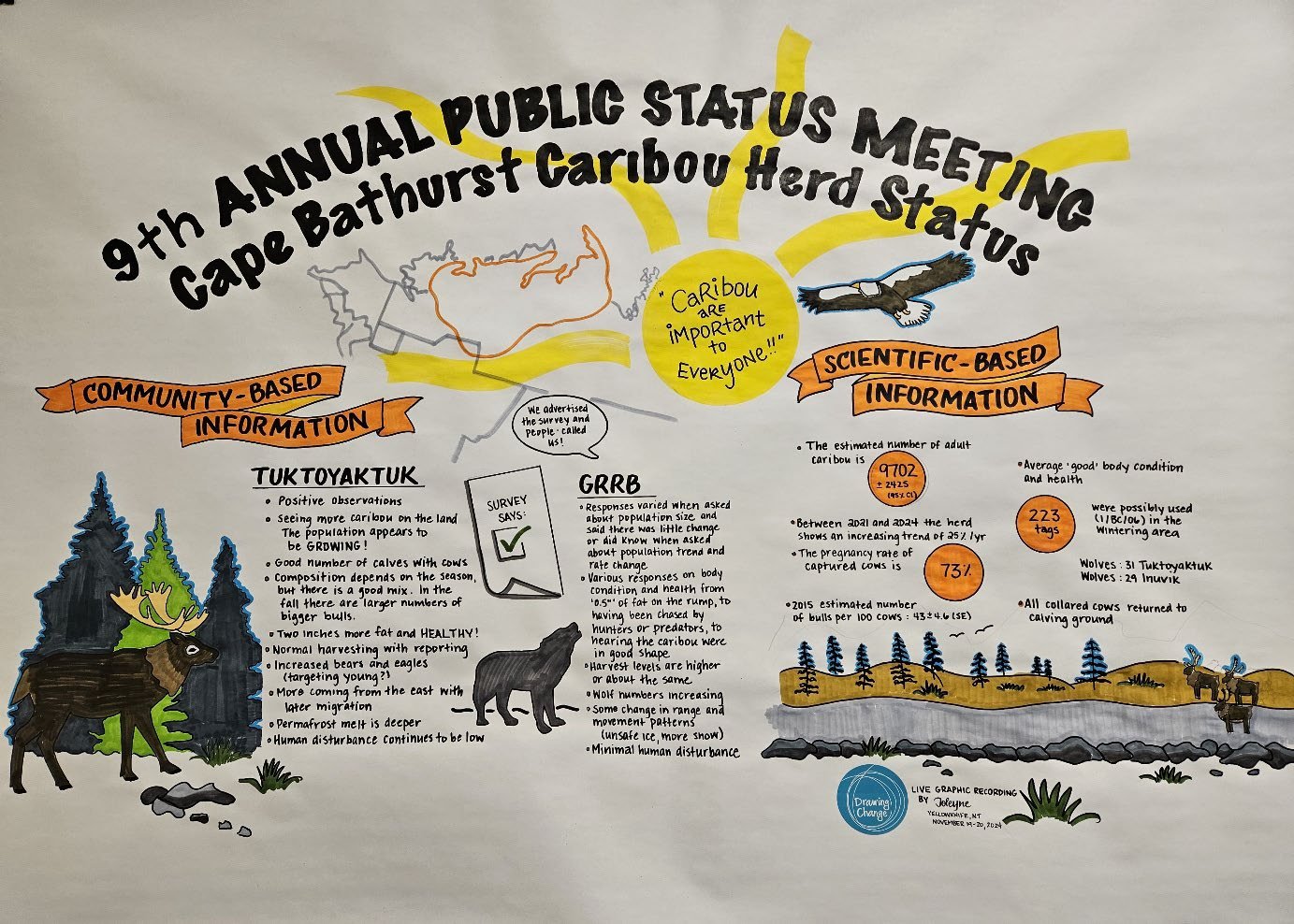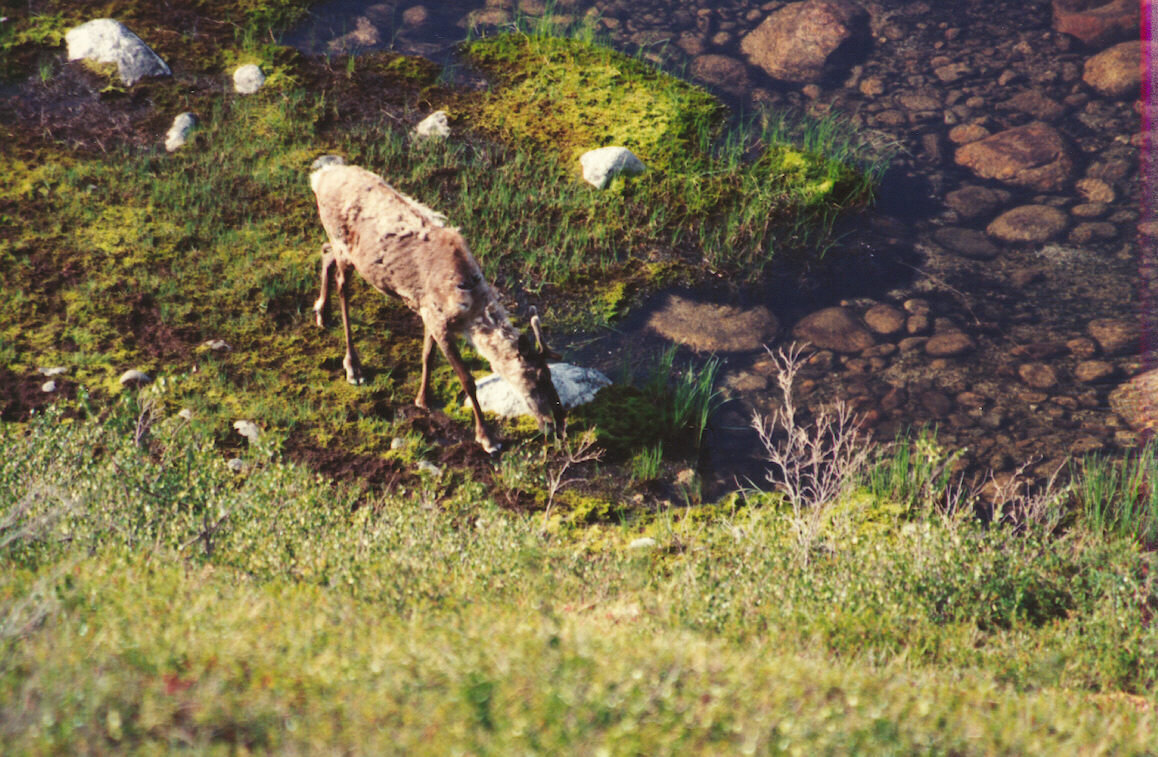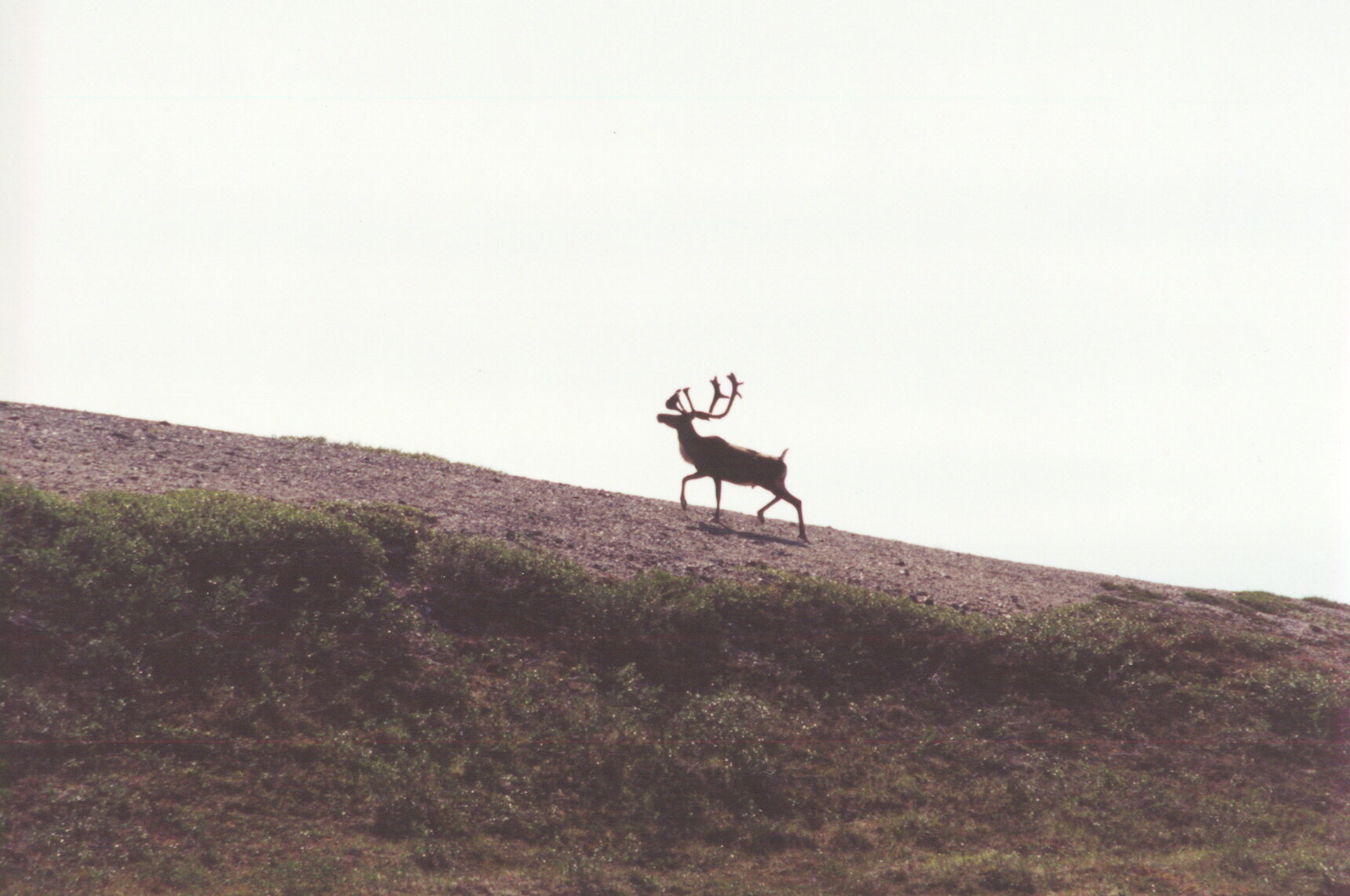Current Herd Status
Photo: ©Parks Canada/Kayla Arey
“We need a consistent approach and law for all regions that share the same population of caribou. If we don’t apply the same rules the population will decline and the most we will be able to say is, “What happened?””
The herd statuses for the 2025-2026 season were determined at the 2024 ACCWM Annual Status meeting. The detailed herd information, completed status tables, and reasons behind the decisions are available in the 2024 Annual Status Meeting Summary. New herd statuses and the Annual Status Meeting Summaries are shared in February of each year.
Decision:
Based on the information provided and the subsequent discussions, the ACCWM determined the Bluenose-East herd status colour zone to be Yellow (intermediate and increasing) in November 2024. This decision recognizes that even though there are some very positive community and scientific observations, the observed population level has not yet reached above the ~60,000 threshold to warrant the change to a green status. The Action Plan for the Bluenose-East herd can be found here.
Current herd numbers and trend:
A population survey was conducted in 2023. The 2023 population estimate is 39,525 ±6,252 caribou (95% CI). The Annual rate of increase form 2021-2023 is 32% in adult females. The 2021 population estimate is 23,202 ±4,362 caribou (95% CI). Between 2015 and 2018 the herd experienced a statistically significant decrease of 20%, and has been estimated to be stable from 2018 to 2021.
The 2024 Bluenose-East Monitoring Table, with all scientific and community information, can be found in the 2024 Annual Status Meeting Summary. In 2024, the information was also summarized in the following graphic recording by Joline Mars Jackel:
Decision:
Based on the information provided, the ACCWM determined the Bluenose-West herd status colour zone to be orange (intermediate and decreasing) in November 2024. Member Boards acknowledged positive aspects highlighted in community and scientific presentations but decided to err on the side of caution since a population survey had not been completed for this year. Consequently, ACCWM members opted to retain the status designation from the previous year, emphasizing the need for continual conservation efforts to support the recovery of the Bluenose-West herd. This decision recognizes that ongoing conservation actions are needed to help the Bluenose-West herd recover. The Action Plan for the Bluenose-West herd can be found here.
Current herd numbers and trend:
The most recent scientific estimate of the herd’s population is approximately 18,440 animals (2021). The 2021 Rivest population estimate of 18,440 ± 5,211 caribou (95% CI) represents that between 2005 and 2021 the herd experienced a non-statistically significant decrease of 2% per year (95%CI of stable to 4% decline).
The 2023 Bluenose-West Monitoring Table, with all scientific and community information, can be found in the 2024 Annual Status Meeting Summary. In 2024, the information was also summarized in the following graphic recording by Joline Mars Jackel:
Graphic recording of the Bluenose-West Knowledge presentations. Credit: Joline Mars Jackel
Based on the information provided, the ACCWM determined the Cape Bathurst herd status colour zone should remain Yellow (intermediate and increasing). The latest scientific estimate is above the approximate threshold between red and yellow. The ACCWM noted that the population continues to be slowly recovering based on the community observations presented. Based on the available information, the ACCWM felt that there was sufficient evidence for status of the herd to be maintained at Yellow. The Action Plan for the Cape Bathurst herd can be found here.
Current herd numbers and trend:
The most recent scientific estimate of the herd’s population is 4912 +/- 562 (2021). This shows a steady increase of approximately 6% per year since the 2005. The next survey is planned for 2024.
The 2024 Cape Bathurst Monitoring Table, with all scientific and community information, can be found in the 2024 Annual Status Meeting Summary. In 2024, the information was also summarized in the following graphic recording by Joline Mars Jackel:
Graphic recording of the Cape Bathurst Knowledge presentations. Credit: Joline Mars Jackel
